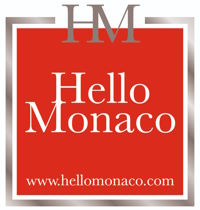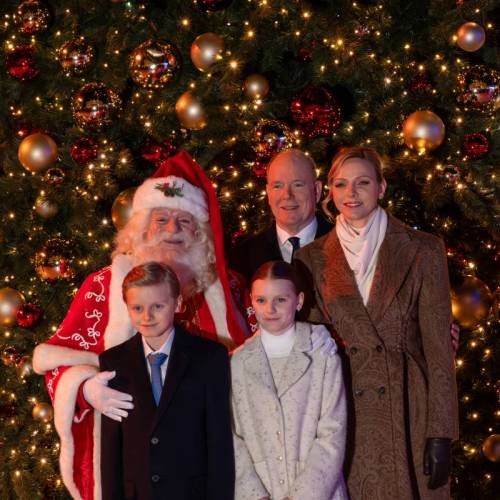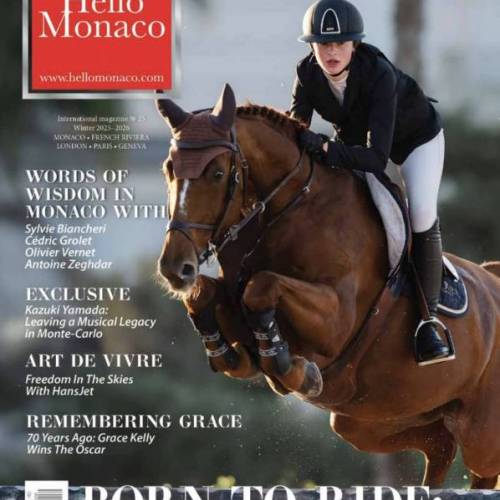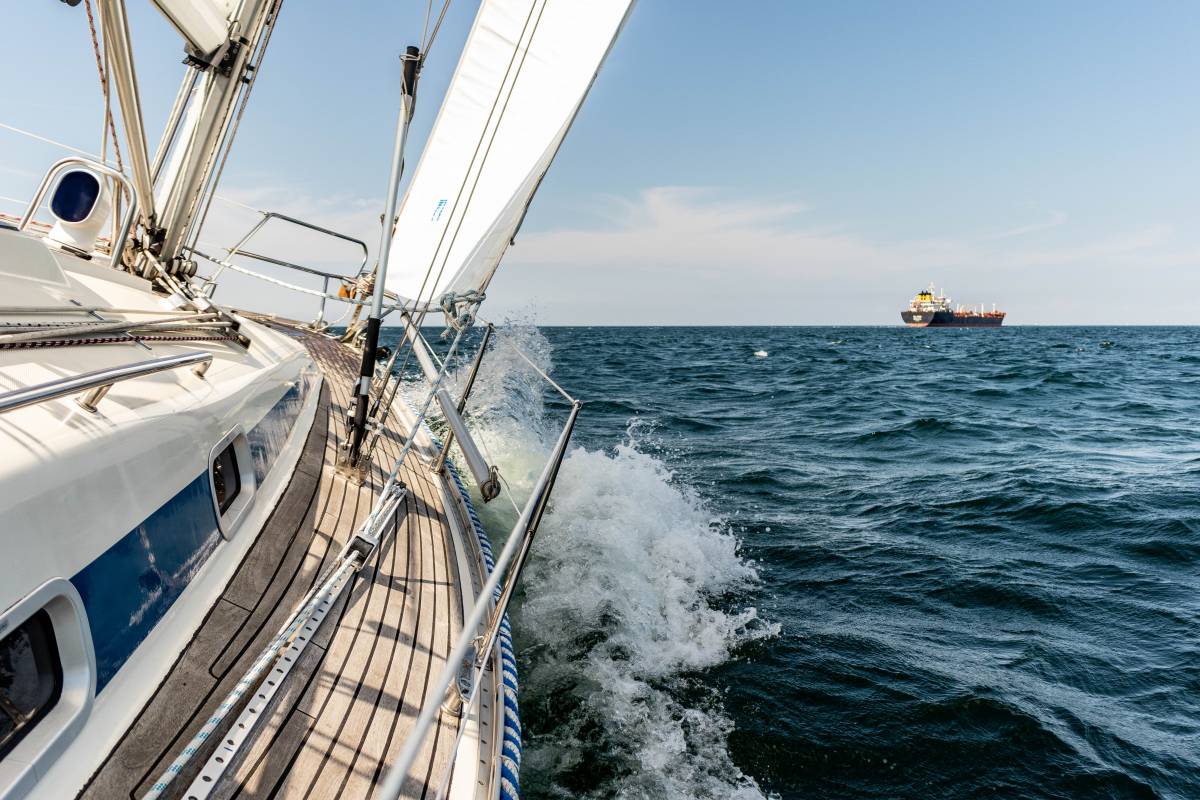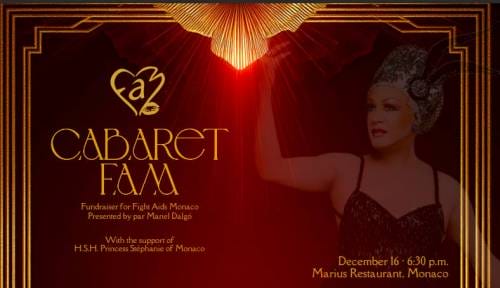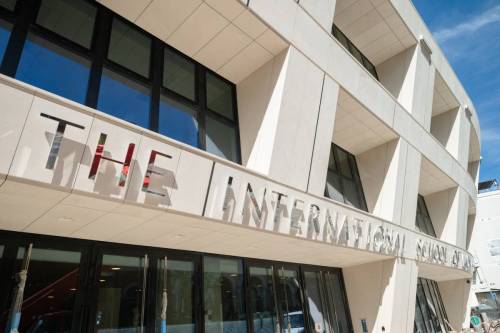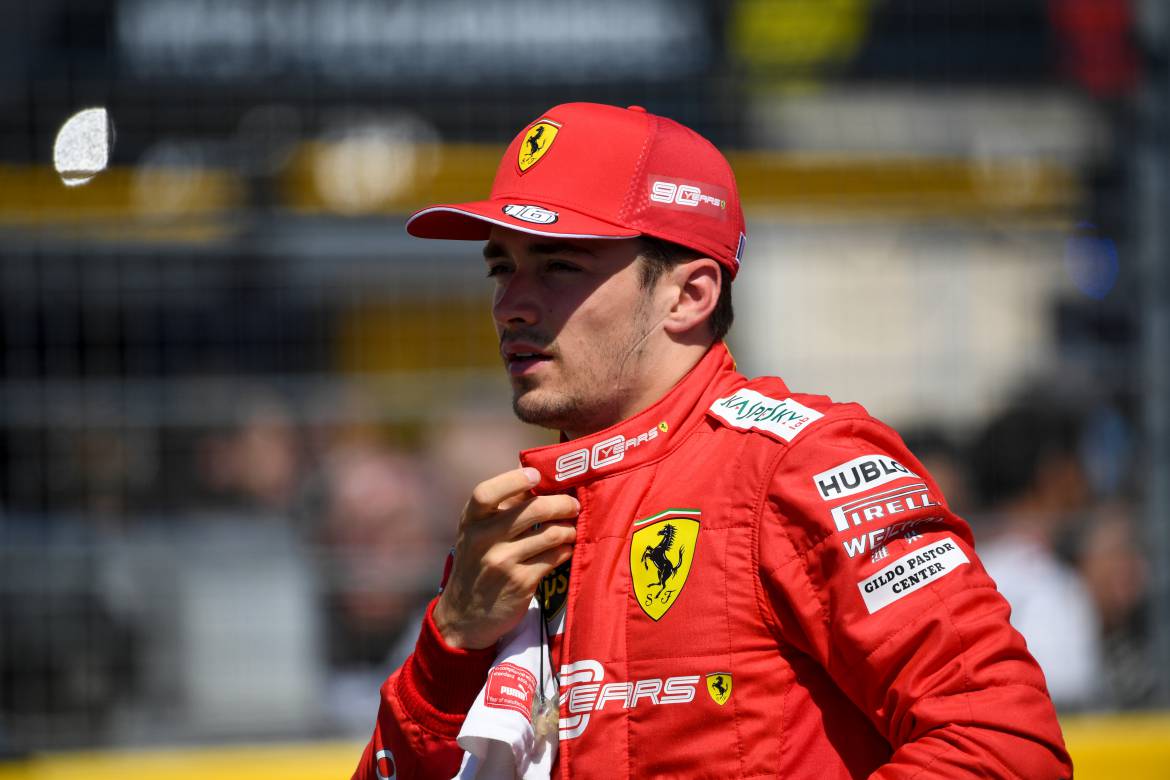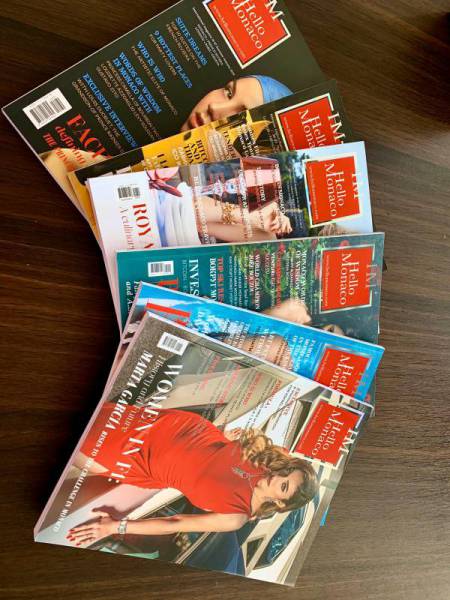The 14th Transat Jacques Vabre began this Sunday in Le Havre. Since the first edition in 1993, the race has set out to showcase some of the most beautiful coffee production sites in the world. This year’s finish line will take the adventurous participants all the way to Salvador de Bahia, Brazil.
Pierre Casiraghi and his crew, representing the Monaco Yacht Club, are now off the French west coast and in 10th position. While this race on the high seas promises to be spectacular and exciting for Pierre Casiraghi and will act as a rehearsal for the Vendée Globe, this transatlantic Jacques Vabre also carries environmental ambitions for Monaco. The Malizia II will be racing without any CO2 emissions thanks to a pair of 1.3kw solar panels and two hydraulic generators that power all embedded systems. The crew will also have an ocean sensor, which will collect data on CO2 levels in the oceans.
The “Route du Café” from Le Havre remains the longest transatlantic race in the world of sailing and the only one that bridges the hemispheres. The transoceanic racecourse from north to south is more demanding than a transatlantic from east to west. It requires all the skippers’ tactical and strategic skills, excellent weather training, a good dose of patience to cross the equator and enough fitness to handle the strong physical conditions and maintain consistent speed in the southeast trade winds.
After voyaging to Plymouth in New York during a crossing of the Atlantic with Greta Thunberg at the end of August, the Malizia II crew is traveling the legendary coffee route for the second time. Supervised by Pierre Casiraghi, Vice President of the Monaco Yacht Club, the crew, made up of German navigator Boris Herrmann and his English counterpart Will Harris, is currently off the French west coast. The team is currently in 10th place amongst the 29-boat squad that makes up the Imoca category.
In 1993, the town of Le Havre and the Jacques Vabre brand founded the Transat Jacques Vabre. The origins of the Transat Jacques Vabre are based on historical maritime Atlantic routes which link American and European continents. This commercial coffee route’s origins started in 1728 when just 80 pounds of coffee beans were offloaded in the port of Le Havre.
The rule of two has been a constant in this race. Two sailors, two ports and a biannual race based on sporting and environmental principles.
Salvador de Bahia lies in one of the largest bays in the world. It is hot, but not too hot, thanks to the trade winds, a dream for the participating sailors, who will finally be able to relax from all their adventurous days at sea. Winning race times should range from 10 days (for the Multi 50 class) to 17 days (for the Class40).
